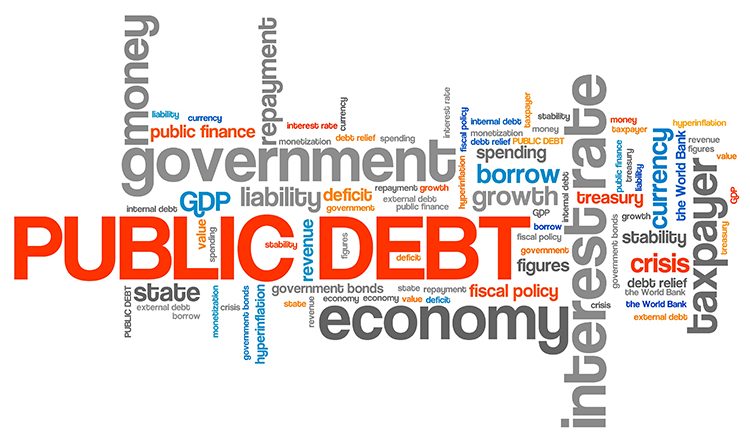KATHMANDU: In the fiscal year 2022-23, Nepal’s outstanding public debt reached a staggering 23.5 billion rupees, as reported by the monthly update from the Public Debt Management Office. Just a year earlier, in June 2021-22, this debt stood at 22.095 billion rupees.
The rapid escalation of public debt is a notable trend in recent years, with an increase of 13.07 billion rupees in just five years. This equates to an average yearly rise of more than 2.5 billion rupees during that period. Economists express concern that despite this consistent yearly growth, the public debt’s burden is intensifying as the government neglects its judicious utilization.
In the fiscal year 2015-16, Nepal’s public debt amounted to 6.097 billion rupees, and this figure climbed to 9.017 billion rupees in 2016-17, reaching 10.048 billion rupees in 2017-18, 14.033 billion rupees in 2018-19, 17.037 billion rupees in 2019-20, 20.013 billion rupees in 2020-21, and ultimately hitting 22.095 billion rupees in 2021-22. Government data highlights a simultaneous increase in both principal and interest payments as the debt load continues to grow.
The expansion of the budget each year corresponds to the burgeoning size of public debt. Consequently, the annual growth rate of principal payments on public debt rises in tandem.
According to the Public Debt Management Office, the debt’s sustainability is influenced by several factors, such as a relatively small gross domestic product (GDP), a low share of domestic savings in GDP, a revenue structure reliant on imports, inadequate revenue collection, limited foreign aid utilization, and low returns on capital expenditures.
Notably, the government’s internal debt surpasses external debt by roughly 12 billion rupees, with a total of 11.083 billion rupees in domestic debt and 11.071 billion rupees in external debt outstanding as of October. If we break down this debt among the populace, each Nepalese citizen carries a debt of approximately 78,000 rupees, based on the outstanding public debt as of October, calculated using a revised population figure of 30,918,720 published by the National Statistics Office.
To put this in perspective, public debt stands at roughly 43.74 percent of Nepal’s GDP, which the National Statistics Office estimated to be 53.081 billion rupees in the last fiscal year. The government’s recurrent practice of presenting a deficit budget each year exacerbates the country’s public debt burden.
The government’s budget for the current fiscal year aims to cover a deficit of 4.5275 billion rupees through loans. To achieve this, the government intends to secure approximately 2.1275 billion rupees from foreign debt and 2.4 billion rupees from internal debt.
Consequently, it’s evident that public debt is set to increase by approximately 4.5 trillion rupees in the current fiscal year. The magnitude of principal and interest payments on the existing debt during this period provides insight into the overall state of public debt.

